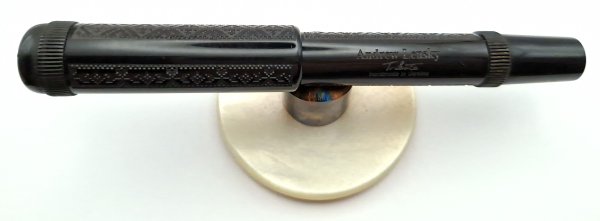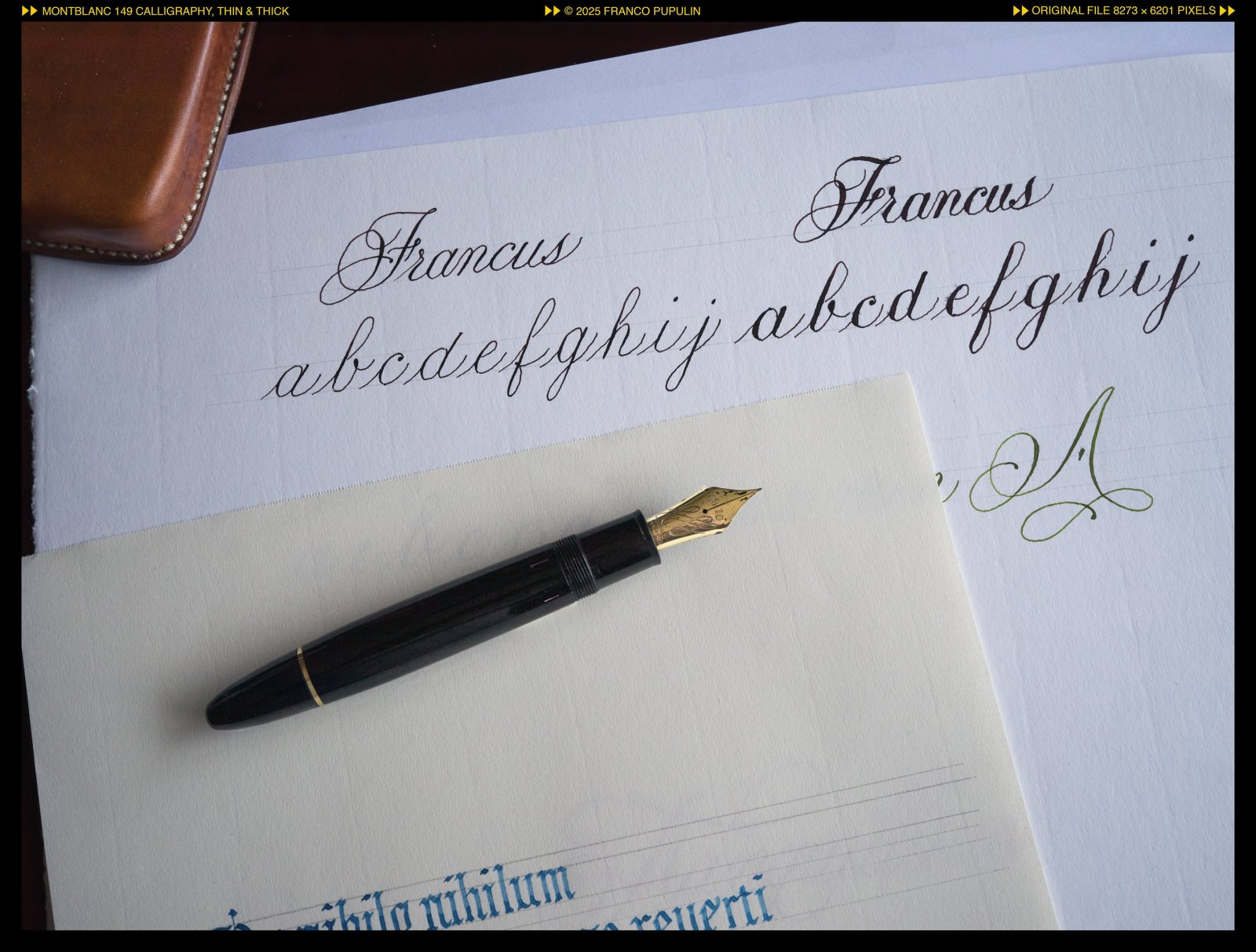Show Us Your Oblique Penholders!
-
Forum Statistics
357.5k
Total Topics4.7m
Total Posts -
Member Statistics
130,001
Total Members18,857
Most OnlineNewest Member
EZBen
Joined -
Images
-
Albums
-
Icones Pupulinianae VI
- By fpupulin,
- 1
- 2
- 89
-
Ooh, shiny...
- By carola,
- 0
- 0
- 88
-
Baka's Pens
- By Baka1969,
- 0
- 0
- 24
-
namrehsnoom-20
- By namrehsnoom,
- 0
- 0
- 41
-
Nib work
- By Penguincollector,
- 0
- 0
- 4
-


















.thumb.jpg.f07fa8de82f3c2bce9737ae64fbca314.jpg)









Recommended Posts
Create an account or sign in to comment
You need to be a member in order to leave a comment
Create an account
Sign up for a new account in our community. It's easy!
Register a new accountSign in
Already have an account? Sign in here.
Sign In Now